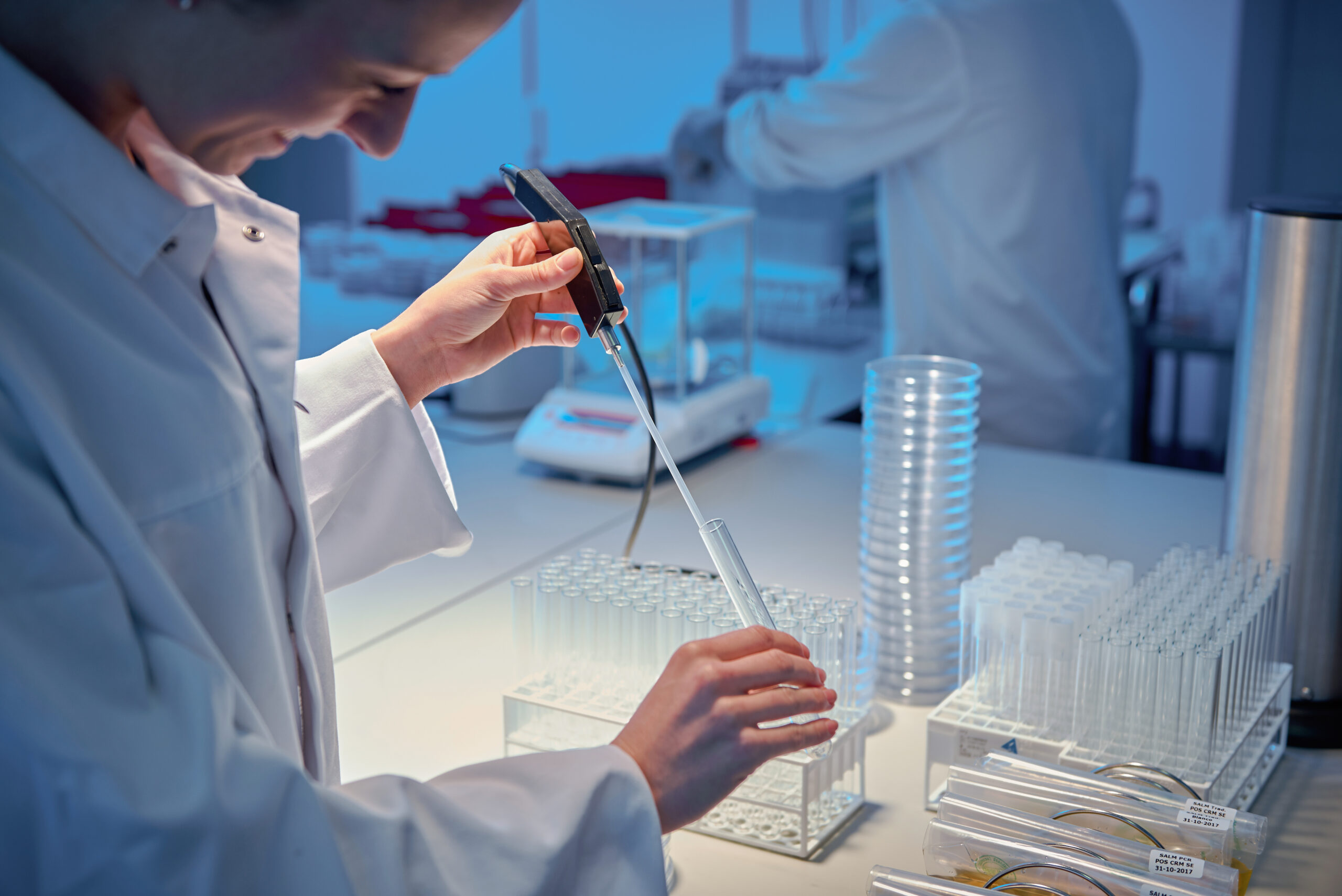Contaminants and residues


Contaminants or impurities are substances that unintentionally end up in food and feed. Maximum values have been set for many contaminants and residues to protect the consumer against overexposure. For maximum values of contaminants, the European Regulation Nr. 1881/2006 is applicable.
As a result of production, processing, packaging, transport, storage or via the environment, contaminants or impurities can end up in food and feed. Depending on the toxicity values, as each substance has a different toxicity, their exposure may be harmful to human and animal health. Foodstuffs with harmful contamination values for the consumer are not allowed to be sold.
Our diet may also contain small amounts of pesticides or veterinary medication that are left behind from the treatment of the crops or animals. These are called residues. The Maximum Residue Limit (MRL) determines the maximum amount of a pesticide or veterinary medication that is allowed in a product.
We are happy to help you in determining contaminant and residue values.